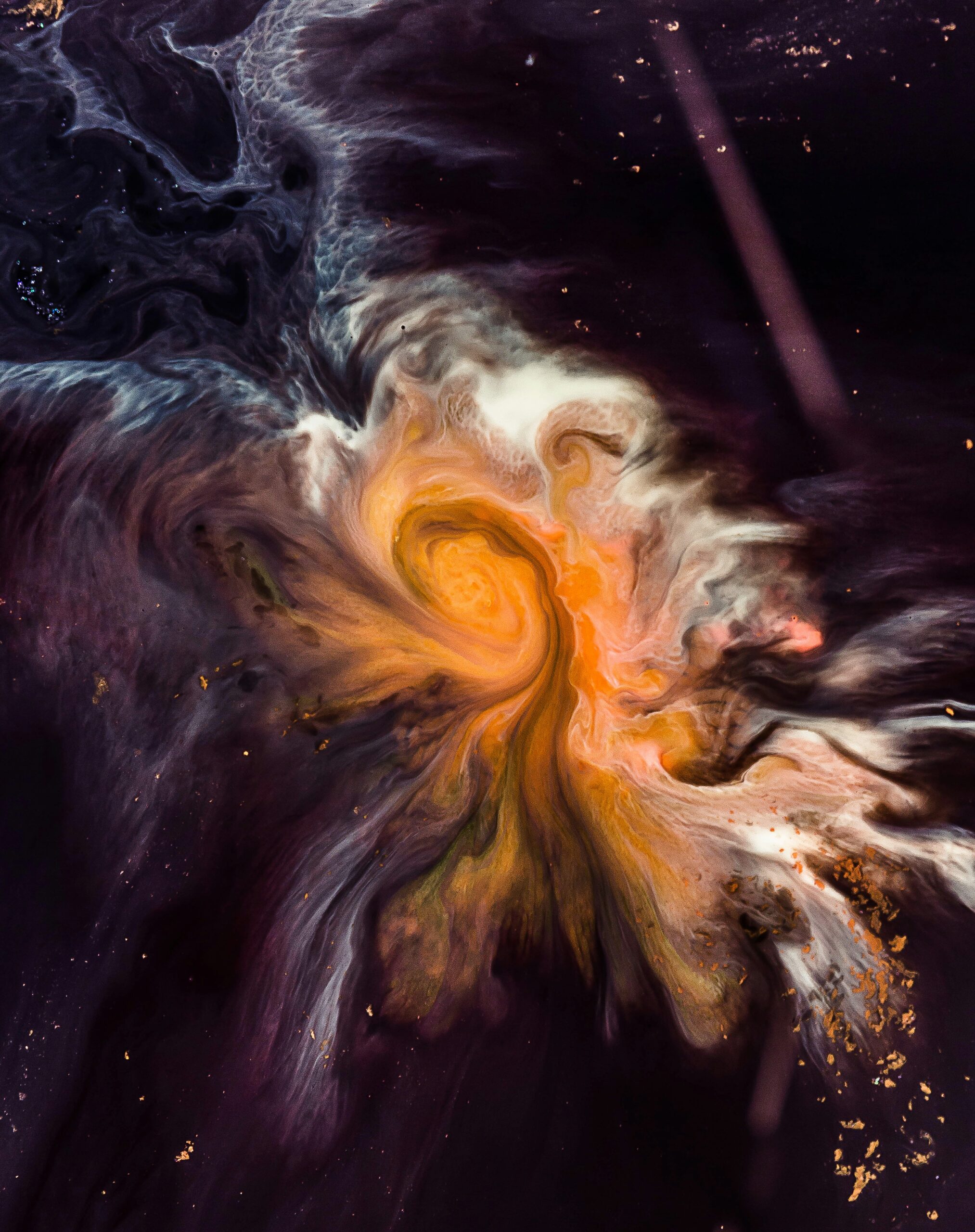NASA’s James Webb Spots One of the Very First Galaxies in the Universe
NASA’s James Webb Space Telescope has made an incredible discovery, spotting one of the very first galaxies that formed just 430 million years after the Big Bang.

Photo by Joel Filipe on Unsplash
NASA’s James Webb Space Telescope has made an incredible discovery, spotting one of the very first galaxies that formed just 430 million years after the Big Bang.
The groundbreaking finding has left astronomers in awe, as they try to unravel the mystery of why this ancient galaxy is still so bright.
The James Webb Space Telescope, set to launch in late 2021, is the successor to the Hubble Space Telescope and promises to revolutionize our understanding of the universe. Its advanced technology allows it to peer deeper into space and capture images with unprecedented clarity.
The newly discovered galaxy, named GN-z11, is located in the Ursa Major constellation and is estimated to be over 13 billion light-years away from Earth. This means that the light we see from GN-z11 today has traveled for over 13 billion years to reach us. In other words, we are observing this galaxy as it existed just 430 million years after the Big Bang, when the universe was in its infancy.
What makes GN-z11 particularly intriguing is its brightness. Despite being one of the oldest galaxies ever observed, it shines with an intensity that defies expectations. Astronomers have been puzzled by this phenomenon and have been working tirelessly to uncover the secret behind its luminosity.
One possible explanation for GN-z11’s brightness is its rapid star formation rate. During its early stages, the galaxy may have experienced a burst of star formation, resulting in a high concentration of young, hot stars. These stars emit large amounts of ultraviolet light, which could explain the galaxy’s brilliance.
Another factor that may contribute to GN-z11’s brightness is gravitational lensing. As light from the galaxy travels through the universe, it can be bent and magnified by the gravitational pull of massive objects such as galaxies and galaxy clusters. This lensing effect could amplify the brightness of GN-z11, making it appear even more luminous than it actually is.
Furthermore, GN-z11’s brightness could be a result of its distance from us. The universe is expanding, causing distant objects to move away from us at incredible speeds. This phenomenon, known as redshift, causes the wavelength of light to stretch, shifting it towards the red end of the spectrum. As a result, the light from GN-z11 appears brighter than it would if the galaxy were closer to us.
The discovery of GN-z11 by NASA’s James Webb Space Telescope has shed light on one of the very first galaxies in the universe. Its remarkable brightness raises intriguing questions about the mechanisms behind its luminosity.









